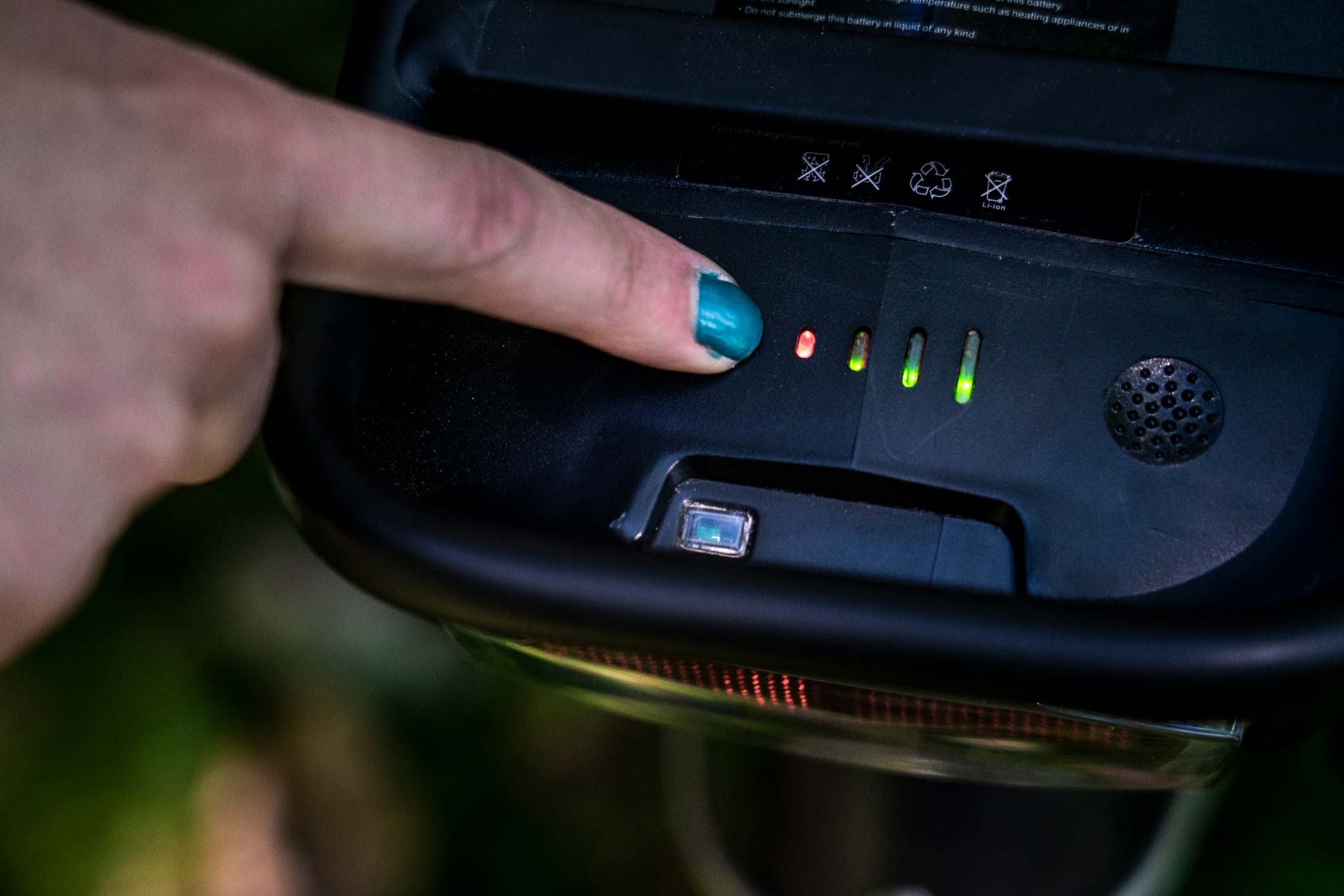Common Myths and Misconceptions
Is an electric bicycle similar to a moped – noisy and fast?
Not at all. An electric bicycle is much more similar to a “regular” bicycle than it is to a moped or a scooter. It looks like a bike. It feels like a bike. You can pedal it, just as you would with a regular bike.The main difference lies in the integrated and virtually silent electrical system, composed of a motor, battery, and controller.
The electrical system is simply there to provide you with support, as needed. This comes in the form of pedal-assist (where the motor kicks in depending on how hard you’re pedaling) or a throttle-only mode (where you turn the throttle and allow the motor to take over).
Like a “regular” bicycle, the top speed you can reach depends on the terrain, but the motor-assist can reach up to 20 mph on a level surface.
Unlike a moped or a scooter, electric bikes are:
- Lightweight – The battery and motor only add about 16 pounds to the regular weight of the bike. Overall, an electric bike will generally be 2-3 times lighter than a moped or a scooter.
- Virtually silent – The motor kicks in with nothing more than a gentle hum.
- More versatile – You can ride it like a regular bike, get assistance while pedaling, or engage the motor fully. It’s your choice!
- Almost Maintenance-Free – no oil changes, no mechanics! Regular bike maintenance is all you really need.
A bicycle should be human-powered. Otherwise, isn’t it cheating?
The answer to this question depends on the intended use of the bicycle.
If you use your bicycle to train for sports or a competition, then yes – we would agree that a regular bicycle would probably be a better fit.
However, if you want to use a bicycle as a means of transportation or recreation, much as the rest of the world does, then it becomes more of a matter of choice and convenience.
An electric bicycle can allow you to commute to work without becoming exhausted and potentially offensive to the noses of fellow workers. It also lets you travel further with less effort, which can translate into a better job or a nicer home. Options are expanded to locations further from your usual comfort zone that may be more affordable.
If you use an electric bike for errands around town instead of your car, you also gain the advantages of being able to cut through a traffic jam, find parking easier, and save on insurance and gas.
For recreation, an electric bicycle offers the opportunity to spend more time outdoors enjoying yourself, without worrying about having the energy to get back home or keeping up with the rest of your friends or family.
At the end of the day, we believe that the only thing a bicycle should be … is used regularly. And, of course, if an electric bike removes the obstacles that prevented you from cycling more before, then it has done its job.
Would I end up exercising less on an electric bike?
Actually, the opposite is true.
Yes, you can use less effort on an electric bicycle compared to a conventional bike. However, most riders report that they actually end up riding more frequently, for further distances, and for longer periods of time on an electric bike!
Once obstacles such as hills, terrain, distance, physical shape, and others are removed with the help of an electric bicycle, it can help to incorporate exercise into your everyday life.
In some cases, folks that begin to commute on an electric bike keep their pedaling to a minimum on the way to work, in order to simply enjoy the ride and not arrive tired or sweaty, but then go home on pedal-power only.
People who choose an electric bike over their car for short trips and errands around town find it so enjoyable, they look forward to getting on the bike the next time. (Not to mention the savings on gas money!)
In fact, many electric bike users find themselves using their bikes in situations they hadn’t even considered before. The net result is that they start to cycle more and more, and wind up exercising beyond their initial plans.
Most electric bikes I’ve heard about only provide a very limited riding range. How far can an electric bike really go?
How far an electric bike can travel on a single charge is determined by several factors – battery chemistry and capacity, motor power, how much the rider pedals, the weight of the rider, and the terrain/hills on the route.
When selecting an electric bicycle, the battery and motor play an important role in determining the bicycle’s range. We provide more information about this on our Electric Bikes 101 page.
However, as a point of reference, the Lithium-Ion and Lithium-Polymer batteries, combined with the patented mid-drive motor we offer on all EVELO electric bicycles provide up to 40 miles of riding on a single charge in pedal-assist mode (20 miles in throttle-only mode). It takes just 4-6 hours to recharge the battery completely and get you back on the road.

